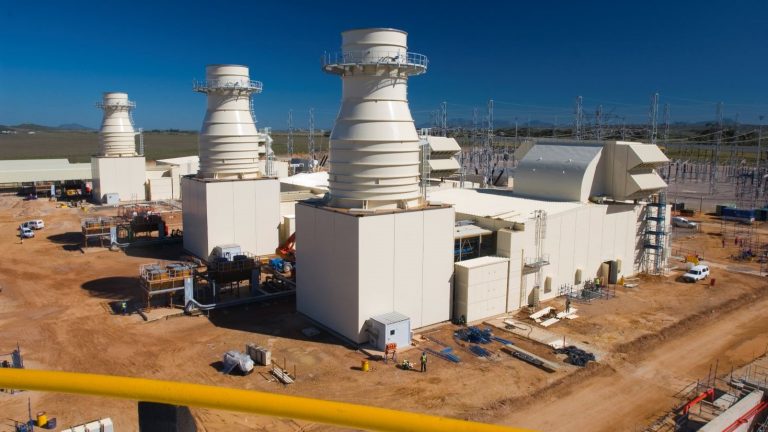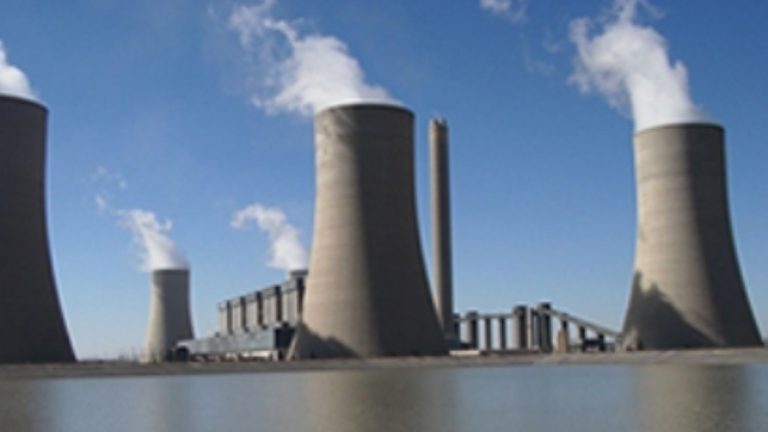Eskom leads sustainable road construction by using recycled coal ash as an alternative to concrete
Thursday, 26 September 2024: In a first for South Africa, Eskom is leading the way in sustainable practices by incorporating recycled legacy coal ash into road construction at its Kusile Power Station in Mpumalanga. This innovative initiative, launched by Eskom Rotek Industries (ERI), aims to enhance operational efficiency while reinforcing Eskom’s commitment to sustainability.
Eskom has built a new access road, stretching 759 meters across two sections. This heavy-duty road is designed to support the daily passage of 1 200 to 1 600 trucks, each weighing ~34 tonnes, during the construction of a new coal conveyor belt.
As part of its Research, Testing and Development (RT&D) initiative, Eskom is utilising around 2 904 tonnes of legacy coal ash per kilometre of road, adhering to conventional road-building standards. By replacing traditional cement with recycled ash, the project contributes to a reduction in carbon dioxide emissions—every tonne of cement avoided equates to less carbon dioxide (CO2) produced.
Eskom’s Research Division has explored geopolymerization, a chemical process that transforms aluminosilicate ash into geopolymer concrete. This innovative material serves as a sustainable and durable alternative to traditional cement. By applying this technology to the Kusile West Access Road, Eskom is advancing sustainable infrastructure development in South Africa.
Legacy ash, a by-product of coal-fired power generation, comprises weathered fly and bottom ash. Its application in road construction not only decreases reliance on conventional cement but also mitigates carbon emissions, marking a significant milestone in Eskom’s sustainability journey. This approach opens new revenue streams for Eskom while alleviating the costs associated with legacy ash management.
Partnering with the Mpumalanga government, Eskom is focused on ash beneficiation to foster job creation and stimulate regional growth. Under Waste Exclusion Regulations, Eskom is authorised to use coal ash in various applications, including road construction and brick manufacturing, yielding significant economic and environmental advantages.
Currently, Eskom produces around 34 million tonnes of coal ash annually, of which only 7% to 10% is beneficiated, with the remainder stored in ash disposal facilities (ADF). Classified as Type 3 hazardous waste, coal ash management incurs significant environmental and financial liabilities. The innovative use of legacy ash minimises ash volumes in dumps, thereby reducing both environmental impacts and costs. Additionally, replacing cement with ash allows Eskom to earn carbon credits.
Eskom is also actively working to expand the commercial utilisation of coal ash generated during electricity production. By transforming ash from a waste product into a valuable resource, Eskom supports local economic growth, job creation, and business development. Approximately 10% of the ash from Eskom’s coal-fired power stations is now being repurposed by various industries, fostering local economic activity.
Finding additional applications for coal ash not only reduces the environmental footprint of ash disposal facilities but also minimises fugitive dust. As Eskom seeks new uses for fine fly ash from its newer power stations, the potential environmental and socio-economic benefits continue to grow. This builds on the legacy of earlier power station closures that repurposed clinker ash for bricks to construct many homes; these dumps are now almost depleted.
This project represents a significant leap forward in Eskom as it transitions to a sustainable organisation.
ENDS








